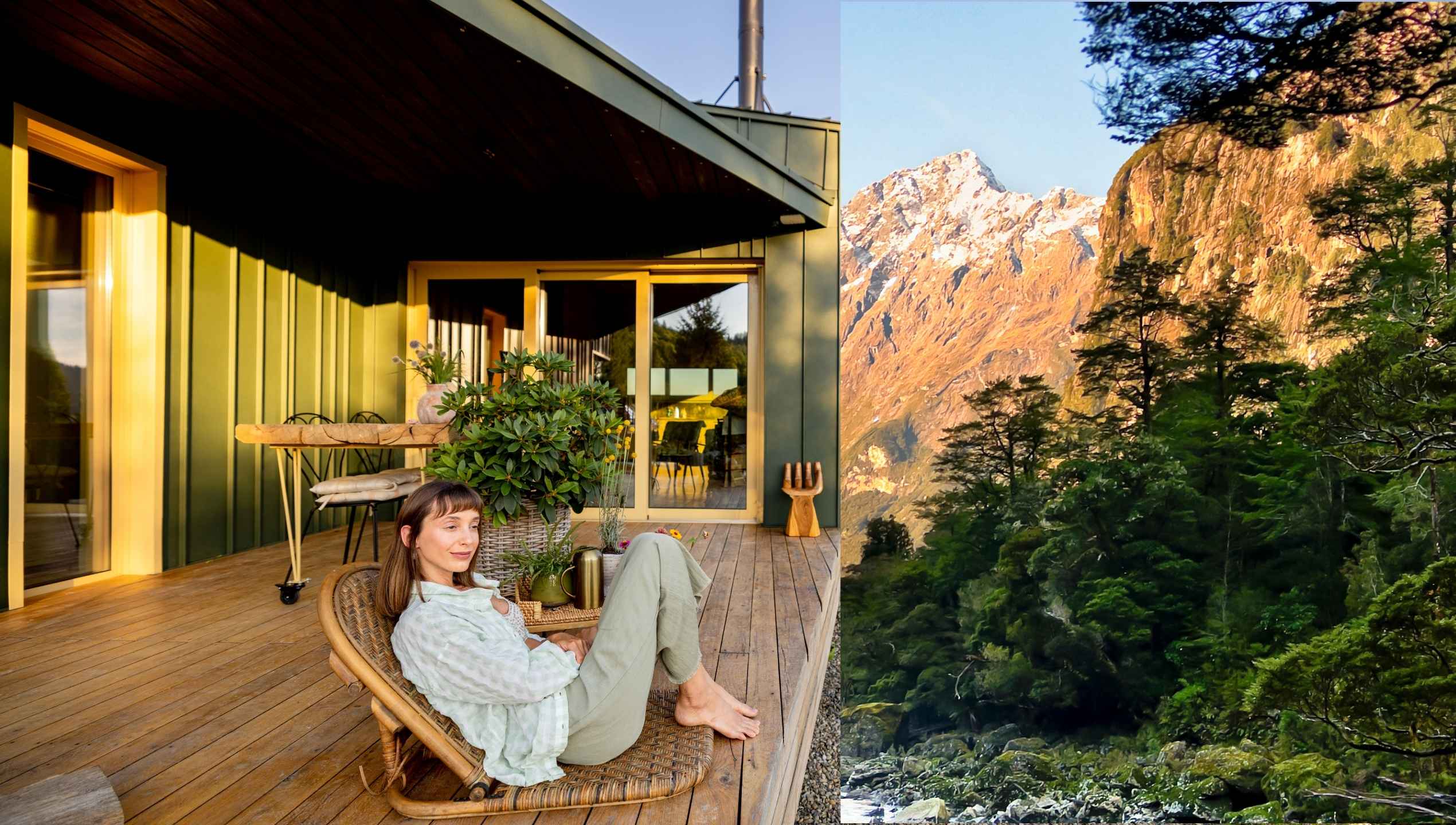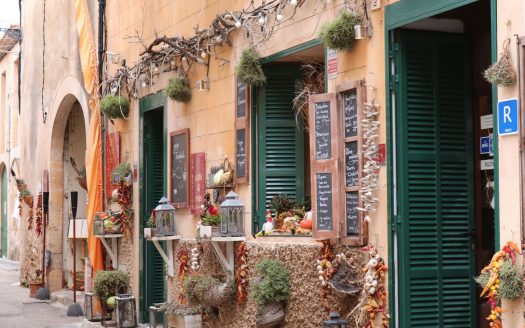BREEAM: The Green Building Standard Reshaping Spain's Property Market
When most British buyers think about Spanish property, they picture sun-drenched terraces, azure pools, and—if they’re being honest—eye-watering summer electricity bills and air conditioning units that sound like jet engines. What rarely enters the conversation is sustainability. Yet a quiet revolution is underway along the Costa del Sol, driven by a certification system that’s transforming how luxury developments are built, operated, and valued.
Enter BREEAM: the acronym that’s about to become as important to your property investment as location, square metreage, or sea views.
What Exactly Is BREEAM?
BREEAM—the Building Research Establishment Environmental Assessment Method—is the world’s longest-established and most widely used method for assessing, rating, and certifying the sustainability of buildings. Launched in 1990 by the UK’s Building Research Establishment, it predates its better-known American cousin LEED (Leadership in Energy and Environmental Design) by eight years and remains the gold standard across Europe, with over 595,000 certified buildings in more than 90 countries.
Think of BREEAM as a rigorous health check for buildings, assessing everything from energy efficiency and water consumption to material sourcing, indoor air quality, and ecological impact. Developments are rated across ten categories—Energy, Water, Materials, Waste, Health & Wellbeing, Transport, Land Use & Ecology, Pollution, Innovation, and Management—and awarded one of five grades: Pass (≥30%), Good (≥45%), Very Good (≥55%), Excellent (≥70%), or Outstanding (≥85%).
It’s not a marketing sticker slapped onto brochures; it’s third-party verified by trained assessors, requires extensive documentation, and involves rigorous post-completion inspections. In short, it’s the real deal.
Why Spain—and Why Now?
For decades, Spanish property development followed a simple formula: build quickly, sell to Northern Europeans seeking sunshine, and let someone else worry about the running costs. The 2008 financial crisis and subsequent property crash forced a reckoning. When the market recovered, it did so with a new generation of buyers—younger, more internationally mobile, and considerably more conscious about environmental impact and long-term operating expenses.
Spain formally adopted BREEAM ES (the Spanish version) in 2010, but uptake remained glacial until recently. As of 2023, Spain had fewer than 500 BREEAM-certified buildings—a fraction of the UK’s 20,000+. The Mediterranean coast, despite its development boom, lagged even further behind. Southern Spain, in particular, remained wedded to traditional construction methods that prioritised aesthetics over efficiency.
Three factors changed this. First, the EU’s increasingly stringent Energy Performance Certificate (EPC) regulations, which now require all properties to meet minimum energy standards and will tighten further by 2030. Second, rising energy costs—Spain’s electricity prices surged 300% between 2020 and 2023, making air conditioning a luxury expense rather than a given. Third, the growing recognition among developers that certified green buildings command premium prices and sell faster, particularly to international buyers from Northern Europe, the UK, and Asia.
Why BREEAM Matters for Southern Spain’s Climate
Here’s the uncomfortable truth: most Spanish coastal developments were designed for a climate that no longer exists. Traditional construction—single-glazed windows, poor insulation, dark roof tiles that absorb heat, and concrete balconies that radiate warmth well into the evening—made sense when summers were mild and energy was cheap. Neither condition applies anymore.
BREEAM certification forces developers to confront climate realities. In southern Spain, this typically means:
Passive Cooling Strategies: Cross-ventilation design, thermal mass materials that regulate temperature naturally, and shading systems (pergolas, louvres, strategic tree placement) that reduce reliance on air conditioning by up to 40%.
Solar Integration: Rooftop photovoltaic arrays combined with battery storage, increasingly standard in BREEAM developments, can cover 60–80% of a property’s annual electricity needs—critical when summer temperatures regularly exceed 35°C.
Water Efficiency: Southern Spain faces chronic water stress; BREEAM-certified buildings incorporate rainwater harvesting, greywater recycling for irrigation, and low-flow fixtures that reduce consumption by 30–50% without compromising comfort.
Heat Island Mitigation: Green roofs, permeable paving, and extensive landscaping with native, drought-resistant species lower ambient temperatures across the development—making communal areas genuinely usable even in July and August.
Material Selection: Locally sourced stone and ceramic, low-VOC paints, and sustainable timber reduce embodied carbon and improve indoor air quality—particularly important in sealed, air-conditioned spaces where poor ventilation can cause health issues.
The result? Developments that are cooler in summer, warmer in winter, cheaper to run, and considerably more pleasant to inhabit year-round.

The Property Value Equation
BREEAM certification isn’t philanthropy; it’s hard-nosed economics. Multiple studies demonstrate that certified buildings command price premiums and deliver superior returns:
Sale Premiums: BREEAM-certified properties in Spain sell for 5–12% more than equivalent non-certified units, with “Excellent” and “Outstanding” ratings commanding the highest premiums.
Rental Yields: Certified properties achieve 3–8% higher rental rates and maintain occupancy levels 10–15% above market averages—critical for fractional ownership models reliant on rental income when shares aren’t in use.
Operating Cost Savings: Energy bills in BREEAM “Excellent” developments average 30–50% lower than conventional buildings—translating directly to reduced service charges for owners and making fractional ownership shares more attractive.
Resale Velocity: Certified properties sell 20–30% faster, reflecting growing buyer sophistication and awareness of long-term value.
Future-Proofing: With EU regulations tightening and Spain implementing mandatory EPC upgrades by 2030, non-certified buildings face expensive retrofits. BREEAM developments are already compliant, protecting owners from future capital calls.
For fractional ownership specifically—where multiple owners share costs and must agree on capital expenditure—BREEAM certification eliminates the risk of surprise levies for energy upgrades, water system replacements, or regulatory compliance. It’s peace of mind baked into the structure.
The Rarity Factor: Spain’s BREEAM Gap
Southern Spain’s BREEAM scarcity creates opportunity. As of 2025, the Costa del Sol has fewer than 30 BREEAM-certified residential developments—representing less than 2% of new builds. Compare this to London, where BREEAM is effectively mandatory for major projects, or Dubai, where green building codes now require certification for all developments exceeding 20 units.
This rarity translates to competitive advantage. When every second penthouse promises “luxury finishes” and “panoramic views,” BREEAM certification offers tangible differentiation—verifiable, third-party proof of superior design, lower costs, and responsible stewardship. For fractional ownership marketing, it’s a gift: a credible answer to the “why this property?” question that goes beyond subjective aesthetics.
It also signals developer quality. Achieving BREEAM certification requires upfront investment (assessments, design modifications, enhanced materials) and operational discipline (construction monitoring, commissioning, handover documentation). Developers who pursue it are, by definition, thinking long-term—a reassuring signal for buyers committing to multi-decade fractional ownership structures.
The Road Ahead
Spain’s property market is at an inflection point. The old model—cheap construction, high volumes, short-term thinking—is dying, replaced by buyers who understand that Mediterranean sunshine comes with Mediterranean heat, water scarcity, and volatile energy markets. BREEAM certification isn’t a luxury add-on; it’s the baseline for responsible 21st-century development.
For fractional ownership investors, the calculus is clear: certified properties deliver lower costs, higher returns, faster sales, and genuine climate resilience. In a region where summer temperatures will only rise and water resources will only tighten, buying into a BREEAM-certified development isn’t just environmentally sound—it’s financially prudent.
The question isn’t whether southern Spain will embrace green building standards. It’s whether you’ll invest before the rest of the market catches on.
Ready to own that dream property?
Get in touch with our team to secure your share today.



